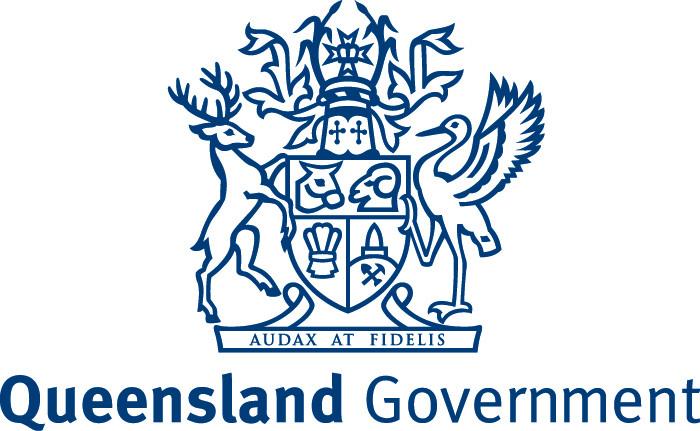Fire Ants are no laughing matter and must be taken seriously. Introduced to Australia in 2011 they have since become a major pest that threatens both humans and animals alike. As well they are a major threat to the ecology of the land.
Please take the time to read the below update.

| October 2024 Latest changes to the fire ant biosecurity zones The fire ant biosecurity zones have been updated to help minimise the risk of fire ants spreading through human-assisted movement. If you live or work near a fire ant detection and move materials that can carry and transport fire ants, these changes may affect you. Full or partial suburbs have been expanded or added to zone 1 and 2 to reflect recent fire ant detections in the Sunshine Coast, Moreton Bay, Somerset, Brisbane, and Gold Coast local government areas.  If you have previously structured your business operations and your compliance with fire ant requirements on suburbs, you should consider changing your ways on working. Alternatively, please refer to our fire ant biosecurity zones interactive map. Please note that if your property borders or spans a fire ant biosecurity zone, you must use fire ant-safe practices if you intend to move organic materials. Anyone located inside the fire ant biosecurity zones and dealing with materials that can carry fire ants must follow their general biosecurity obligation (GBO) by: Checking the fire ant biosecurity zones before moving materials off-site. Using fire ant-safe practices when handling, storing and moving materials. There is now a new GBO guideline for businesses. New GBO guideline for businesses This GBO guideline, made under the Biosecurity Act 2014, is for businesses that deal with materials that can carry fire ants. It explains what steps you should take to fulfil your GBO to reduce the risk of spreading fire ants. Eradication is only possible if all levels of government, industry and the community work together. For regular updates please visit our website and subscribe to our newsletter. June 2024 The fire ant biosecurity zones have been updated to help minimise the risk of fire ants spreading through human-assisted movement. If you live or work near a fire ant detection and move materials that can transport fire ants, these changes may affect you. Full or partial suburbs have expanded or added to zones 1 and 2 to reflect recent fire ant detections in Toowoomba, Lockyer Valley, Moreton Bay and Scenic Rim. |
 |
| The fire ant biosecurity zones have been updated to help minimise the risk of fire ants spreading through human-assisted movement. If you live or work near a fire ant detection and move materials that can transport fire ants, these changes may affect you. Full or partial suburbs have expanded or added to zones 1 and 2 to reflect recent fire ant detections in Toowoomba, Lockyer Valley, Moreton Bay and Scenic Rim.  If you have previously structured your business operations and your compliance with fire ant requirements based on suburbs, you should consider changing your ways on working. Alternatively, please refer to our fire ant biosecurity zones interactive map. Please note that if your property borders or spans a fire ant biosecurity zone, you must use fire ant-safe practices if you intend to move organic materials. Anyone located inside the fire ant biosecurity zones and dealing with materials that can carry fire ants must follow their general biosecurity obligation by: Checking the fire ant biosecurity zones before moving materials off-site. Using fire ant-safe practices when handling, storing, and moving materials. Eradication is only possible if all levels of government, industry and the community work together. Fore regular updates please visit our website and subscribe to our newsletter. Kind regards National Fire Ant Eradication Program |







